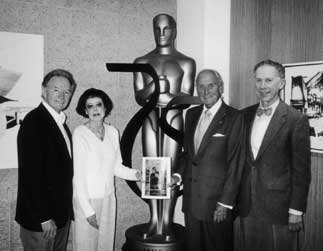Betty Lasky
BETTY LASKY began her writing career as a screen story analyst for RKO Studios, the Selznick Company, and the Hamilburg Agency. Later she worked for The Players Showcase Magazine as movie editor and writer.
In the 1970s her interest in film history crystallized when she joined forces with famed public service attorney Terrys T. Olender to rescue and salvage the film artifacts stored in the Lincoln Heights Jail by the City of Los Angeles after the big projected Hollywood Museum project collapsed in 1965. While developing a plan to distribute this priceless film memorabilia, she became acquainted with the major film archivists and librarians in the country.
Consequently, when Prentice-Hall asked her to write the story of RKO, the Hollywood film company that produced such great films as Citizen Kane, King Kong, and the Astaire-Rogers musicals, she felt she had the background necessary to tackle a complex film company history. Her book, RKO—The Biggest Little Major of Them All (Prentice-Hall, 1984), is the stormy history of the last major studio to be established in Hollywood, a studio that became the pawn of hard-eyed financiers like Joe Kennedy and Howard Hughes.
Betty participated in many panel programs, including for the Southern California Jewish Historical Society (honoring Hollywood’s film pioneers), the DeMille Dynasty Exhibition (in Century City and in the California Museum of Science and Industry), and the California Historical Society (on early movie-making in Hollywood). She put on panel programs and conducted tours for schools and senior groups at the Hollywood Studio Museum (now Hollywood Heritage Museum). She served as Honorary Program Chairman for “Evenings at the Barn.” In 1988 she curated an exhibition of Hollywood memorabilia in Sacramento that benefited the California Vietnam Veterans Memorial, obtaining Academy awards for display, selecting photos and writing commentary for exhibits.
On many occasions Betty was interviewed for television programs about Hollywood history, among them: Entertainment Tonight; Turner Classic Movies-MGM archival project (subjects: RKO, pioneer woman director Dorothy Arzner; Jesse L. Lasky, Paramount and other studios); Associated Producers, Toronto (the documentary Hollywoodism based on Neal Gabler’s book An Empire of Their Own—How the Jews Invented Hollywood: CBC, Canada; Channel 4, UK; A&E U.S); Peter Jones Productions (subjects: Gloria Swanson, for A&E; Samuel Goldwyn, American Masters, PBS; Jupiter Entertainment (subject: William Desmond Taylor Murder, for A&E; City Confidential).
She wrote articles for magazines, among them “Jesse L. Lasky at Fox Studios” for American Cinematographer (April 1995). She contributed a chapter for the Hollywood pictorial, Hollywood Archive: The Hidden History of Hollywood in the Golden Age (New York: Angel City Press and Universal Publishing, a division of Rizzoli, 2000); her chapter is titled “The Roots of Hollywood.” She was associated with the Hollywood History Museum in the historic Max Factor Building in Hollywood, where she worked as liaison within the creative community of Hollywood, and wrote articles and timelines on industry pioneers and the history of the community and motion picture studios. In later years she served as a board member for the George Westmore Research Library & Museum.
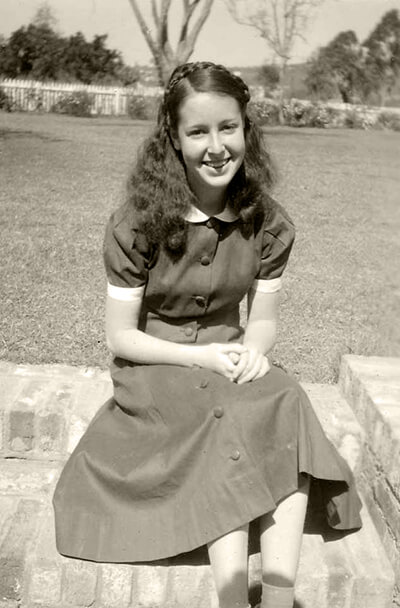
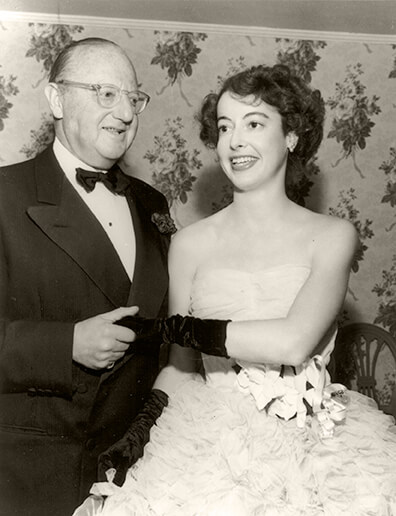
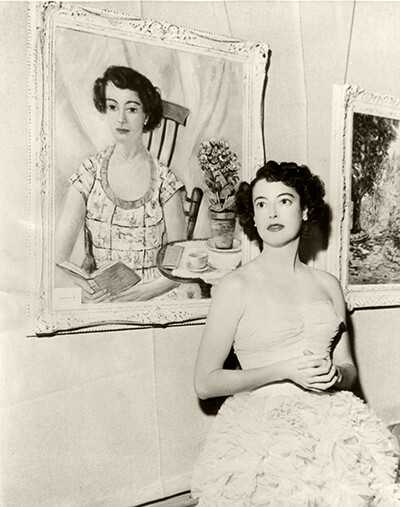

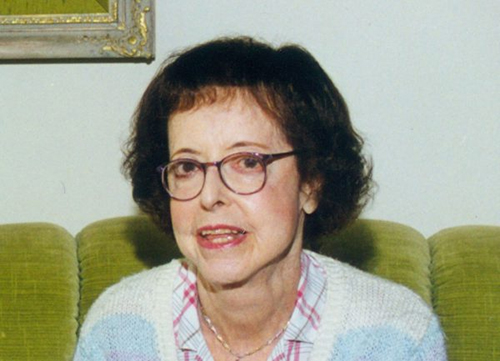
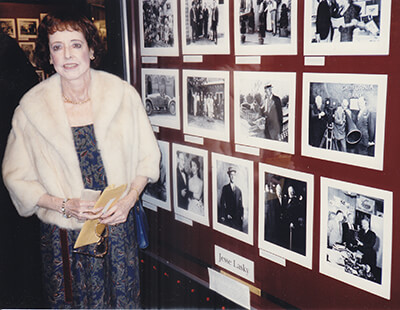
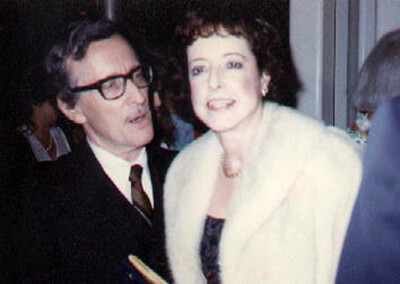
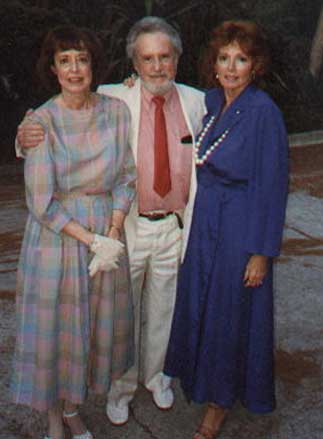
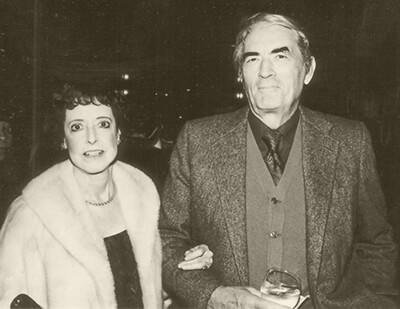
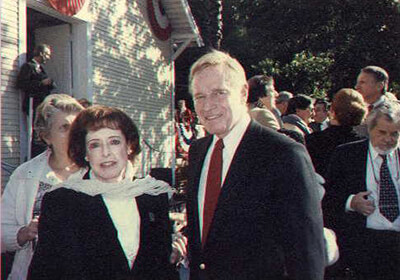
![betty Lasky with Squaw Man mural Betty in front of The Squaw Man mural on Fairfax Ave. in Los Angeles [Ken Denton photo]](https://jesse-l-lasky.com/wp-content/uploads/2018/06/bettymural-1.jpg)
![Betty Langdon Fasman Betty with Harry Langdon Jr. and Margery Fasman [photo: Dana D. Winseman]](https://jesse-l-lasky.com/wp-content/uploads/2018/06/bettyharrylangdon.jpg)
